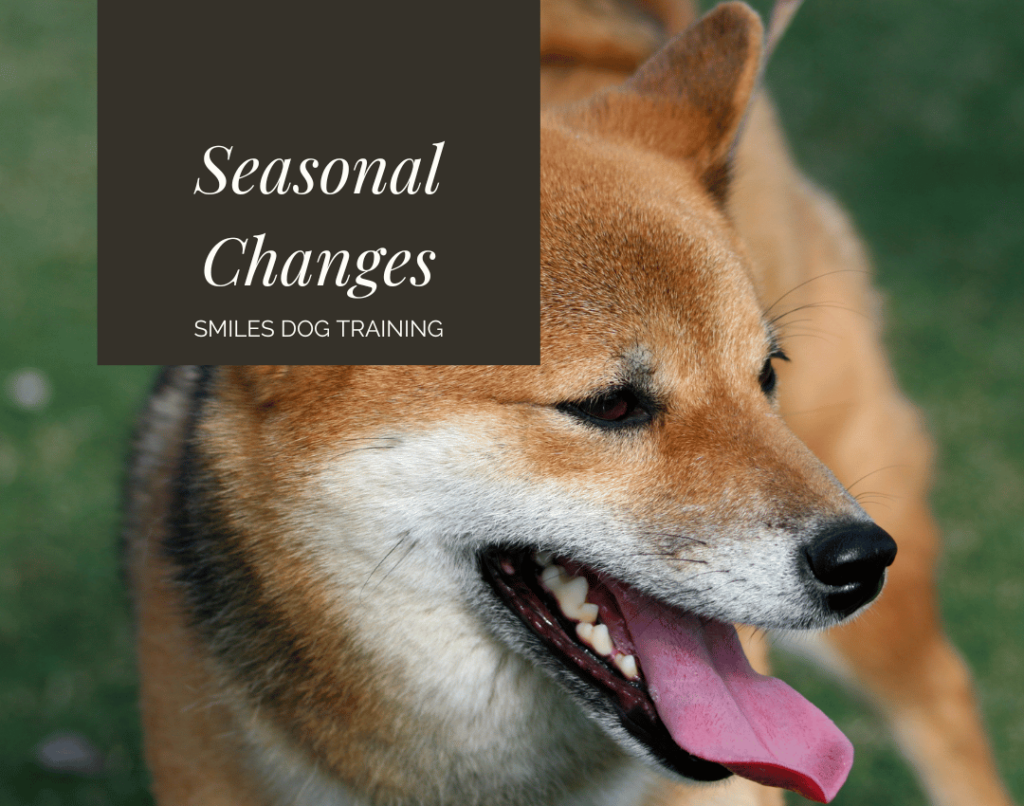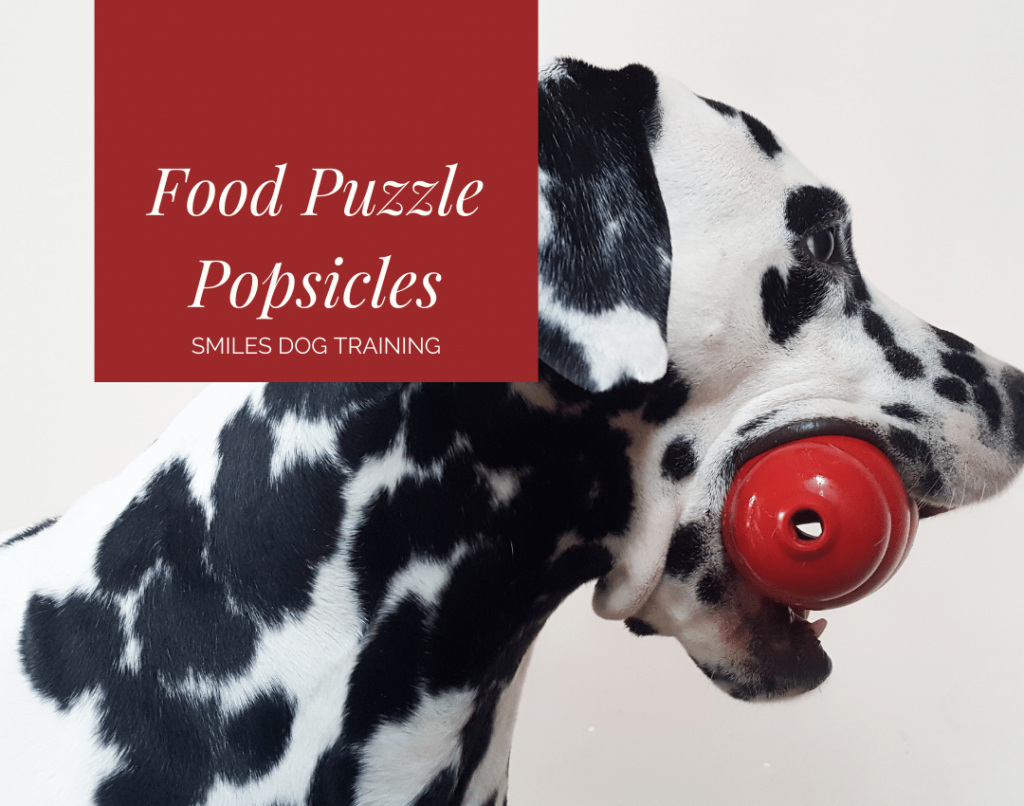According to a 2021 study published in the journal Animals, seasonal changes can have various impacts on the health of indoor pets. Not only does extreme heat or cold cause discomfort and make it difficult for them to regulate their body temperature, but changes in humidity also affect internal temperature leading to respiratory issues and skin problems. Windy days, pollen counts, and human routine changes can also greatly impact a dog’s well-being resulting in behavior changes due to frustration, discomfort, or boredom.
Temperature Changes
Extreme heat can be particularly dangerous for indoor pets, as they are not able to regulate their body temperature in the same way that outdoor animals can. Too much heat in the home can cause excessive panting, dehydration and heat exhaustion which can ultimately lead to heat stroke if left unchecked. To avoid these risks, it is important to provide your pet with access to plenty of fresh water and multiple areas inside the house for cooling off like air conditioning vents or near open windows. Additionally, make sure that your pet does not spend too long outside in direct sunlight if you take them out for a walk or playtime. As the temperature rises, it is wise to replicate free-roaming dog activity schedules, with exercise happening in the early morning or after the sun has set.
It is important to monitor and check for signs of heat exhaustion in your pet, as this condition can become serious very quickly. Some common signs are excessive panting and drooling, lethargy or fatigue, red or pale gums, dizziness or lightheadedness, and vomiting. If you notice any of these symptoms, give your pet a cool place to rest and provide them with fresh water immediately. Additionally, if the symptoms do not subside after a few minutes, contact your veterinarian for further advice.
Temperature fluctuations can also result in changes in how often windows are open or fans are running, which in turn can change the levels of exterior noise your dog experiences. Depending on the dog, this can result in increases or decreases in anxious and alert behaviors.
Humidity Levels
Humidity fluctuates greatly here in the state of Arizona and can have a major impact on indoor pets, especially with regard to their ability to regulate their body temperature. Too much humidity in the air like during monsoon season can make it difficult for furred pets to cool down through evaporation and can lead to increased respiratory issues. It can also cause skin irritation and create an uncomfortable environment for cats and other small animals. To help keep your pet comfortable during humid days, ensure that they always have access to fresh water and provide them with multiple areas in the house for cooling off such as near an air conditioning vent or open windows. It is also important to monitor their activity levels closely since too much humidity can decrease their energy levels.
Too little humidity can also impact pets! Dehydration, dry skin, irritated eyes, respiratory problems, and increased risk of infection are potential impacts low humidity can have on our dogs. To protect your dog from the negative effects of low humidity, make sure they have access to plenty of fresh water and keep their skin moisturized with regular grooming and topical treatments. Consider using a humidifier in your home to help maintain healthy humidity levels and reduce the risk of health problems associated with low humidity.
The optimal humidity level for indoor pets is generally between 30-50%. This range allows adequate moisture in the air which helps furred animals regulate their body temperature, while also keeping the air from becoming overly humid and uncomfortable. Additionally, it is important to monitor your pet’s activity levels closely, as too much humidity can decrease their energy levels. Maintaining proper humidity levels in the home is a great way to ensure your pet stays comfortable and healthy.
Wind
Windy days can significantly increase the ambient noise levels in a home, which can lead to pet stress and anxiety. In some cases, pets may even try and hide away in small areas to escape the noise. To help alleviate any issues caused by windy days, it is important to create a safe and comfortable environment for your pup. Providing them with toys or blankets they can snuggle up with can help reduce their level of stress. Additionally, playing calming music or using white noise machines may help keep your pup relaxed during noisy weather conditions.
Pollen & Environmental Allergens
An increase in pollen counts can negatively affect pets, especially those with allergies. When pets are exposed to high levels of pollen, they may experience symptoms such as itching, sneezing, coughing, and watery eyes. Additionally, high levels of pollen can worsen respiratory conditions in pets such as asthma, leading to difficulty breathing and labored breathing. In extreme cases, pets may even experience anaphylactic shock, which can be fatal. It is important for pet parents to be aware of the pollen counts in their area and take appropriate precautions, such as keeping their pets indoors during peak pollen times and seeking veterinary care if their pet’s symptoms become severe.
Routine Changes for Humans
The last piece of the puzzle is how our routines change to accommodate weather changes. Dogs thrive on routine because it provides stability and predictability. Having a consistent routine can help dogs feel secure and reduce anxiety, as they know what to expect and when to expect it. This is particularly important for dogs that are highly sensitive or prone to anxiety, as an unpredictable environment can cause them to become stressed, fearful or even aggressive.
A routine also helps maintain a dog’s physical and mental health. Consistent feeding times, walks, and potty breaks can help regulate a dog’s digestive system, prevent accidents in the house, and keep their energy levels balanced. Best of all, daily exercise and playtime can keep a dog physically healthy and mentally stimulated.
When humans change their routines, it can be tough for their dogs to transition too. Since we can’t have a conversation with them about why we aren’t going for long midday walks anymore, it’s important to identify these changes and look for ways we can add more enjoyment and enhancements into their daily lives to compensate for the stress and boredom that may be developing. Adding in new enrichment opportunities or activities to promote mental stimulation in ways that your dog specifically enjoys can mitigate some of these issues.



